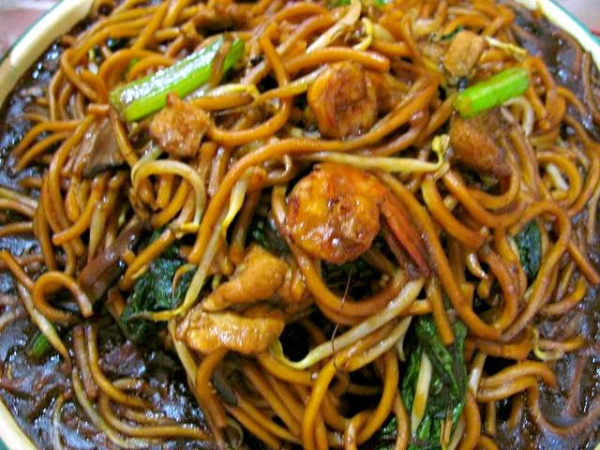Facts About Chow mein
Chow mein is a cherished Chinese dish featuring stir-fried noodles combined with vegetables and occasionally meat or tofu. The term "chow mein" originates from the Taishanese phrase "chāu-mèn" which translates to "stir-fried noodles." This dish has gained immense popularity worldwide, especially in countries such as India, Nepal, the UK, and the US, and is a staple on the menus of Chinese restaurants globally.
The name "chow mein" deconstructs into "chow" meaning stir-fried, and "mein" meaning noodles. The English pronunciation is adapted from the Taishanese "chāu-mèn" a dialect spoken by many early Chinese immigrants to North America.
In American Chinese cuisine, chow mein typically features stir-fried noodles, meat (often chicken), onions, and celery. There are two main types: steamed chow mein, which has a softer texture, and crispy chow mein, which features fried, flat noodles. The dish varies regionally in the US, with the East Coast favoring the crispy version and the West Coast preferring the steamed variety.
In Canada, chow mein is also available in various forms. There's the Cantonese-style chow mein, plain chow mein with mung bean sprouts, and Hong Kong-style chow mein, which is served on deep-fried egg noodles. In Newfoundland, a unique twist replaces the noodles with cabbage cut to resemble noodles.
Chow mein has been adapted in many other places around the world, including Australia, Brazil, Japan, the Caribbean, India, Mexico, Nepal, and Peru. Each region incorporates its own spin on the dish, using local ingredients and flavors to create unique variations.

 India
India